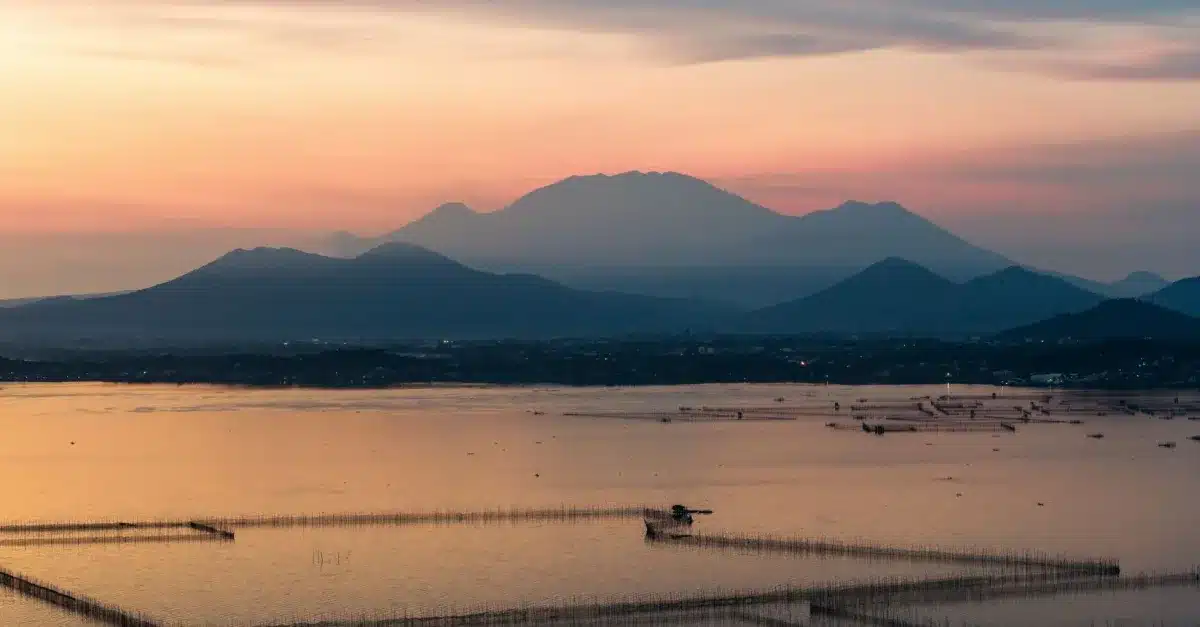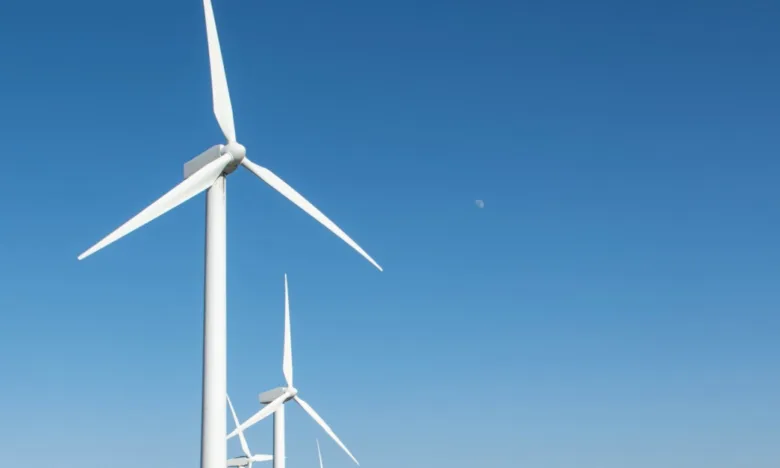
Mount Banahaw Wind Project Sparks Strong Local Backlash
- November 19, 2025
A proposed 247-megawatt (MW) wind farm on Mt. Banahaw, planned by Gigawind4 of ACEN, is already drawing opposition from residents and environmental groups.
The project would span 4,536 hectares across Tayabas and Sariaya in Quezon, stirring concerns over its impact on the sacred mountain and surrounding communities. For generations, indigenous communities have revered Mt. Banahaw, which has become a vital cultural and ecological treasure.
Significant environmental impact
The controversy centers on Mt. Banahaw’s sacred and protected status. Environmental group Tanggol Kalikasan called the proposed wind farm a “great irony,” noting that constructing it within the Mts. Banahaw–San Cristobal Protected Landscape, safeguarded under the 2009 MBSCPL Act, directly contradicts its protected designation.
The proposed wind farm, valued at ₱34.5 billion, would feature 38 turbines generating 6.5 MW each. At 120 meters tall with 171-meter blades, the turbines would rise as high as a 40-floor tower. The project also covers 36 kilometers of road networks, power stations, logistical areas, and worker facilities.
Critics warn that 28 of the turbines are planned within a 3-kilometer radius of Mt. Banahaw’s protected boundary, raising concerns about the impact on the landscape. Although ACEN has not released detailed turbine locations, opponents say the project’s footprint across 4,536 hectares threatens the integrity of the sacred and environmentally sensitive area.
Mt. Banahaw hosts diverse ecosystems, including montane and mossy-type forests, serving as a vital watershed for nearby communities and farmlands.
Home to extensive forests, the mountain also shelters at least 55 endemic plant species, including the Rafflesia banahawensis, as well as rare animals like the Philippine warty pig and the Banahaw tree mouse.
In its August 28 report to the DENR, Gigawind4 acknowledged that the project could harm wildlife and cause soil erosion, flooding, and water and air pollution.
Meanwhile, the Save Bundok Banahaw Network (SBBN) cautioned that large-scale construction could trigger land degradation, sediment buildup, and water overflow, threatening the watershed that sustains nearby communities and crops, while highlighting the mountain’s environmental health as essential for the local economy and food stability.
(Also read: Green Energy, Steep Costs: The Netherlands’ Reality Check)
Policy implementation gaps
Controversy has arisen over the permitting process, as key authorities were reportedly kept in the dark. In September 2025, the Protected Area Management Board (PAMB) of the Mts. Banahaw–San Cristobal Protected Landscape said it was not notified of the project’s initial scoping activities.
Officials from the Department of Environment and Natural Resources (DENR) Region IV-A, including Regional Director Nilo Tamoria, also said they only learned of the late-August activities through local sources, prompting questions about whether proper consultation protocols were followed.
Residents of affected barangays, including Ilayang Bukal, said Gigawind4 has already conducted consultations and wind measurements in their communities. However, opposition groups contend that these engagements have been overly technical, limiting meaningful participation from locals.
Clean energy advocates from groups like Reboot PH noted that community concerns are often met with generic “engineering solutions” and expert reassurances. The SBBN has called the project “development aggression,” arguing it prioritizes corporate interests over the mountain’s cultural heritage and the welfare of surrounding communities.
(Also read: Yes, Solar Energy Is Booming—But How Green Is it, Really?)
More about the project
In August, ACEN announced the project, which will span 10 barangays in Tayabas City.
“The Banahaw Wind Power Project is not only a significant endeavor in advancing renewable energy, but it also holds great potential to address regional needs and bring about positive socio-economic changes,” the company stated.
It added that the project could boost local economies, foster community development, encourage environmental responsibility, and contribute to broader social progress in the affected municipalities and barangays.
According to Gigawind4, construction of the wind power project could take around two years, with full operations expected within five years.
Sources:



